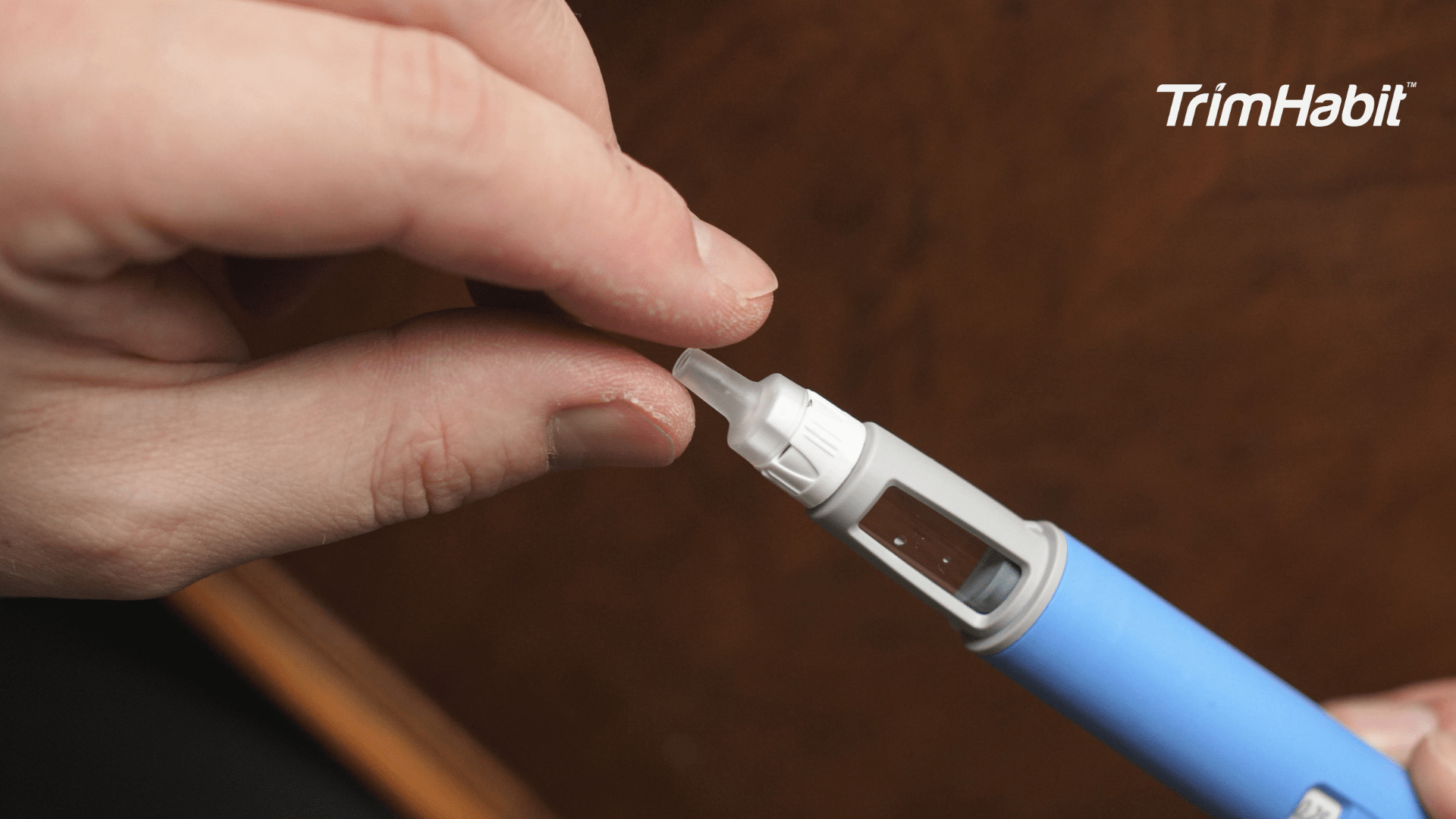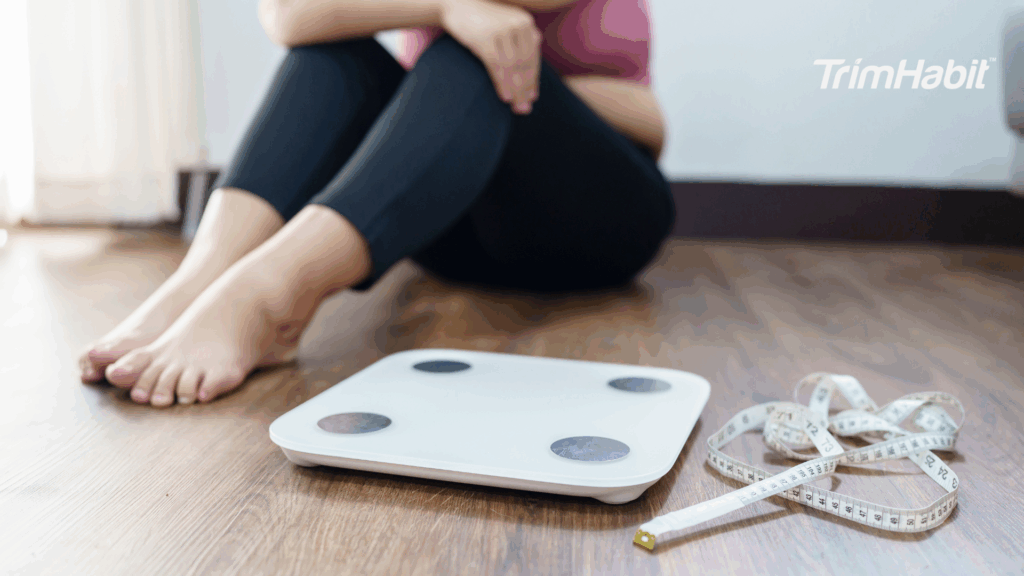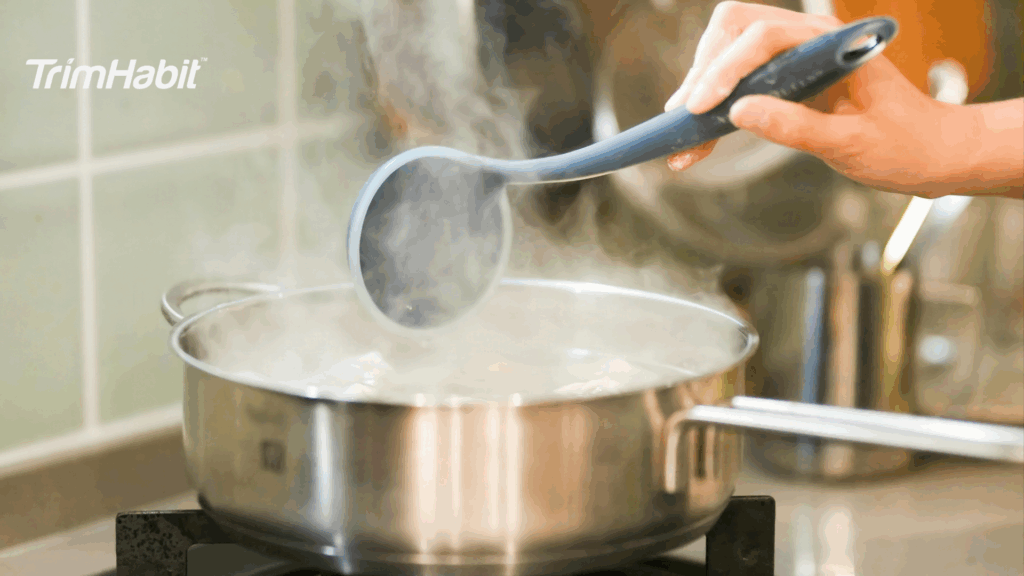When taking semaglutide, the food you eat can matter. This medication changes how your body handles hunger, digestion, and insulin. It supports weight loss by lowering appetite and slowing digestion, but it can also cause discomfort if your meals aren’t well-planned.
Knowing what to eat before and after semaglutide injections helps manage side effects and supports steady progress.
Understanding Semaglutide And Its Forms
Semaglutide is a medication designed to help regulate blood sugar levels and support weight management. It works by mimicking a natural hormone in the body that affects insulin release, slows down digestion, and helps you feel full sooner. For people living with type 2 diabetes or those using it for weight loss under medical guidance, semaglutide supports better metabolic health and can lead to steady, long-term progress when combined with healthy habits1.
There are two main forms of semaglutide: the oral tablet and the injection. Both use the same active ingredient, but how they’re absorbed in your body is different.
The oral form is taken once daily, usually on an empty stomach with water and nothing else for at least thirty minutes after2. It requires more specific timing to be fully absorbed, so consistency is important. Some people prefer this option because it feels easier to include in their daily routine, though it still needs to be taken carefully.
The injection is taken once a week, and it can be used with or without food3. This version goes directly into the bloodstream and is slowly released over several days. For many people, the weekly injection feels more flexible and easier to remember, especially if they already take other medications or prefer a simpler routine.
Whether you’re taking the daily tablet or the weekly injection, both forms are part of a treatment plan meant to support better blood sugar control, improve insulin sensitivity, and assist with weight loss progress when combined with the right diet and physical activity. The way you eat around your dose can affect how you feel afterward, especially during the early weeks when your body is still adjusting.
Why Sometimes Timing Matters
Semaglutide slows the way food moves through your digestive system. If you eat too close to the injection or skip food altogether, your body might not respond well. Some people feel dizzy, tired, or nauseous when they take the shot without eating properly. Eating foods that are bland but nourishing gives your system the support it needs to absorb the medication without causing trouble.
Small, well-timed meals help maintain steady blood sugar levels. A simple bowl of brown rice with vegetables and egg or chicken is enough to settle your stomach and provide enough calories before the injection. You do not need a large meal, but you do need something reliable.
Eating Before the Injection
While semaglutide doesn’t require you to eat before taking it, some people feel more comfortable when they don’t take it on an empty stomach. Some experience nausea or discomfort when the medication is taken without anything in their system, especially during the first few weeks. That reaction is personal and may change over time.
Blood sugar control remains important whether or not you eat before the injection. Starting from a stable place helps the body respond more comfortably to the medication. If your energy feels low, your stomach feels unsettled, or your blood sugar has been inconsistent, the timing of your dose may be harder on your system. Paying attention to how you feel before the injection can help you decide what routine works best.
It is not about eating more or eating less. It is about creating a rhythm that helps your body stay steady. Taking semaglutide when you feel overly full or overly hungry may lead to more noticeable side effects. A calm and balanced state, even without a full meal, often leads to a better experience.
What To Eat After The Injection
After taking semaglutide, your appetite may feel different. You might feel full quickly or not hungry at all. Even if you feel less interest in food, your body still needs fuel. Choose foods that digest slowly, do not overwhelm your stomach, and offer lasting energy.
Balanced meals help avoid blood sugar spikes or energy crashes. Whole grains, non starchy vegetables, and healthy fats give you what you need without being too heavy. Eating slowly helps your brain catch up to your body’s signals. This lowers the chance of overeating and gives your digestive system time to work without strain.
Sample Meals Based On Injection Timing
Your meal choices before and after your semaglutide injection can depend on the time of day you take it. While the goal stays the same, keep food gentle, balanced, and easy to digest; timing can affect how much food you need and how your body responds afterward. Here are some sample meals you can eat either before or after your semaglutide injection:
If You Take the Injection in the Morning
- A warm bowl of oatmeal cooked in water or low-fat milk, topped with banana slices and a small spoon of chia seeds, is gentle and grounding.
- Greek yogurt with blueberries and a sprinkle of ground flaxseed offers protein and fiber in a light, easy-to-digest way.
- Brown rice paired with scrambled egg and a few steamed spinach leaves is another savory option that feels stable without being heavy.
If You Take the Injection Around Midday
- A tofu and vegetable bowl with brown rice is gentle and easy on digestion, especially right after the shot.
- Shredded chicken wrapped in soft lettuce leaves with a bit of hummus on the side keeps things light but steady.
- A soft soup made with lentils, carrots, and zucchini supports your energy without challenging your stomach.
If You Take the Injection in the Evening
- Baked tilapia with steamed broccoli and a spoon of mashed cauliflower is light enough before the injection.
- Ground turkey with green beans and a spoon of brown rice is another reliable, not-too-heavy meal
- Boiled lentils with soft kale and roasted sweet potato drizzled with olive oil keeps your stomach settled while still giving nutrients.
What To Avoid After The Injection
Certain foods can make side effects from semaglutide more noticeable. Fried foods, greasy meals, and anything loaded with added sugar tend to sit in the stomach longer, which can slow digestion even more. This often leads to nausea, bloating, or an overall heavy feeling. If you regularly eat processed snacks or rich, high-fat meals after your dose, they may be interfering with your comfort and holding back your progress.
Sugary drinks are another example of what may work against you. They spike blood sugar quickly but do not keep you full, which makes it harder to manage cravings or stay energized. If your weight loss journey includes improving metabolic health and supporting steady blood sugar control, it helps to avoid certain foods and drinks right after taking semaglutide. Making better choices during this window can help you feel more in control and more comfortable as the medication does its job.
Small Meals And Consistency
Since semaglutide affects appetite, many people find it easier to eat smaller meals more often. This helps keep your energy stable and reduces the chance of stomach upset. You are not trying to eat less just for the sake of it. You are eating enough to feel well while still letting the medication do its job.
Frequent meals that contain lean proteins, whole grains, and vegetables support healthy digestion and insulin sensitivity. These meals also help you stay on track with your weight loss goals. There is no need to force down food when you are not hungry, but skipping meals completely can lead to tiredness or dizziness later in the day.
Supporting Your Treatment Plan
Taking semaglutide is only one part of a full treatment plan. Diet, physical activity, hydration, and sleep all play a role in how your body responds. People often expect weight loss medications to fix everything, but real progress comes from small changes done consistently.
If you also take other medications or manage health conditions like high blood pressure or heart disease, your diet should reflect that. This is where a balanced diet becomes more than just a phrase. It means giving your body the fuel it needs in the right amounts, without going to extremes.
Food Habits That Help
Some foods are more helpful than others. Leafy greens, whole grains, and lean proteins give your body structure without excess. Greek yogurt is a good option for protein and comfort when your appetite feels low. Eating slowly helps prevent side effects and supports better digestion. Drinking enough water also matters. Staying hydrated helps your body move waste and prevents some of the common GI symptoms that come with semaglutide.
Avoiding foods high in sugar and greasy snacks makes it easier to stay on track. If your meals are mostly balanced, you reduce the need to rely on willpower later in the day. Weight management becomes less about restriction and more about choosing what works for your body.
Long-Term Strategy: What To Eat Before And After Semaglutide Injections
A healthy diet is not something temporary. It is the support system that makes weight loss medications more effective. Foods that keep you full, support energy, and help digestion stay on track are the kinds of foods to eat regularly. When prescribed semaglutide, it’s still your daily habits that carry most of the weight.
Weight loss injections are helpful tools. They lower appetite, may support blood sugar, and shift how your body reacts to food. But what you eat before and after your dose may matter. Choosing the right foods to eat and avoiding high sugar foods or high fat foods can make side effects easier to manage and help your body respond more consistently. These choices also influence how sustainable your weight loss becomes over time.
This isn’t about being perfect. It’s about making honest decisions, one meal at a time. That’s what builds long-term progress and better health.









